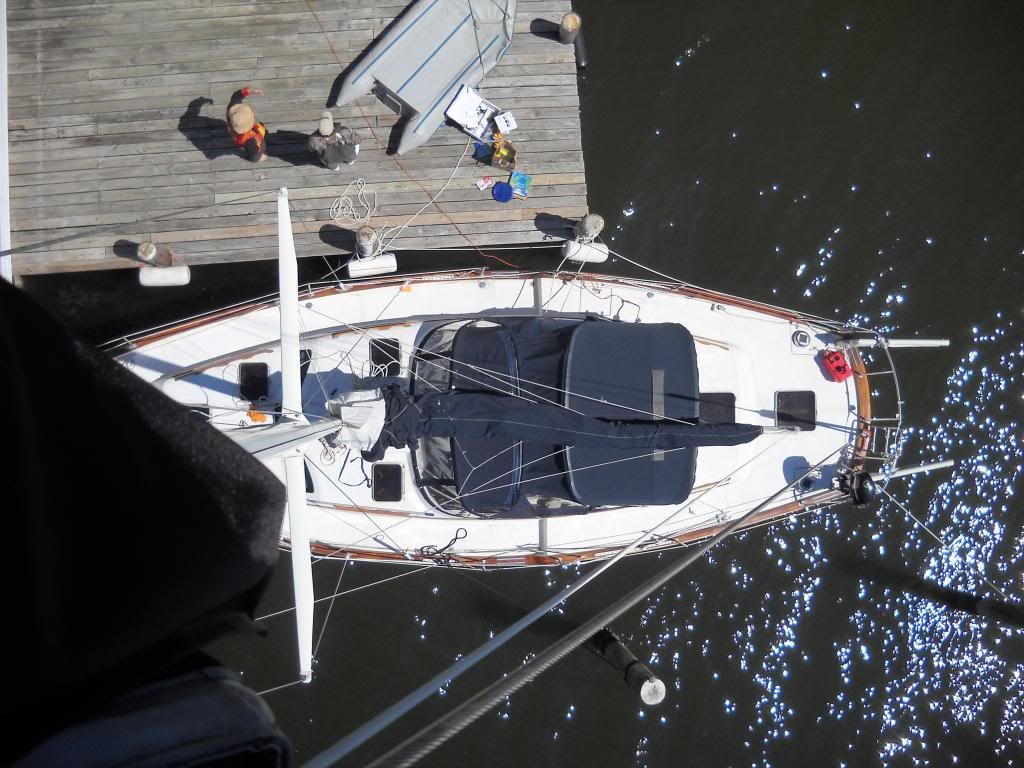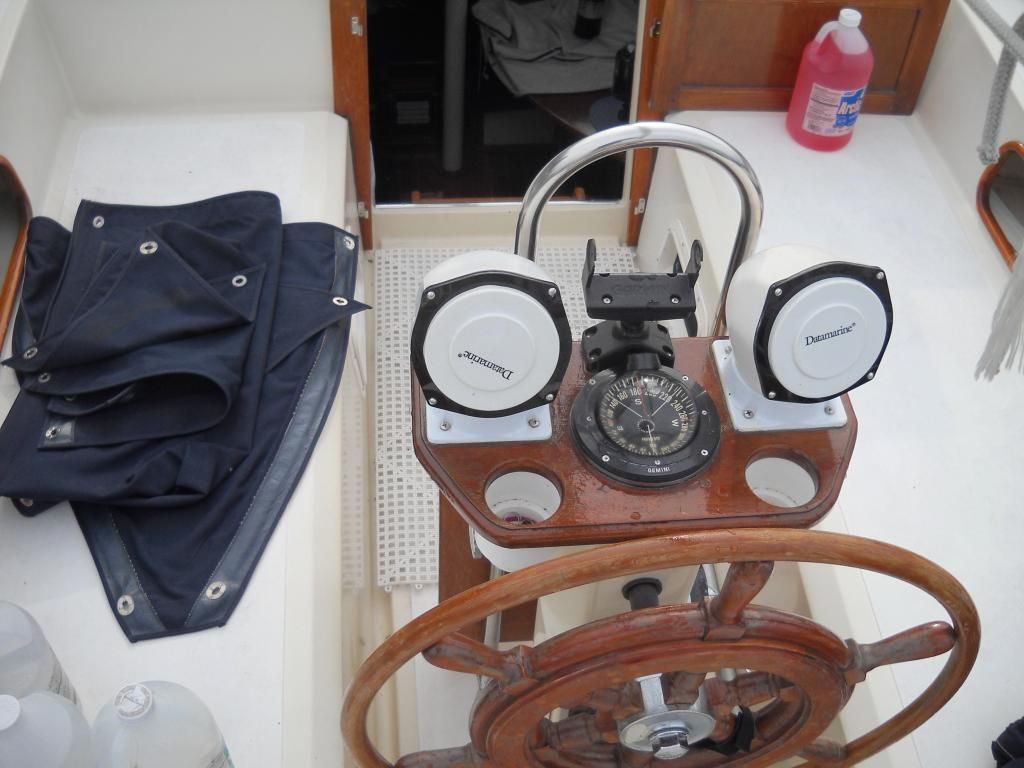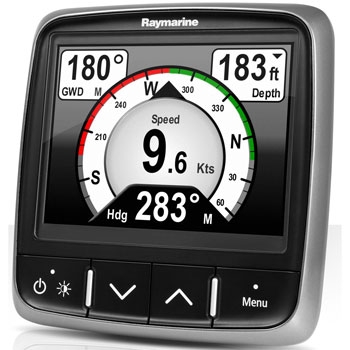I'm happy to report that she lived up to all expectations. We found a few minor issues (a sticky float on the bilge pump for example) but nothing that didn't work. In other words a shake down and not a break down cruise.
Day one was a motor and then down wind drift at 4kts under the jib alone to the mouth of the Severn where we dropped canvas (dacron actually, but canvas sounds better) and did a brief motor tour of Back Creek.
On the way in we crossed bows with Mario - a online friend from SailNet. I'd never actually met him or seen his boat but I knew he was on BC with a Endeavor 32. I simply yelled "Mario", he yelled back "Chuck" and 5 minutes later we were chatting on VHF arranging a meet up in Weems Creek on the free Navy mooring balls.
Mario and his wife have lived aboard for 2.5 years bouncing up and down the east coast as summer and jobs take them. In other words, living the life most of us dream about.
The next day we unhooked and motored around to the Annapolis harbor and grabbed a ball then jumped on the water taxi and went in to scope out the Spring Boat Show. For 12 bucks it's was worth it but not even 1/4 the size of the fall show. Lots of local dealers and brokers, lots of large expensive used boats and a hundred or so vendors of various mostly sailing related products. None of the big guys, none of the 'boat show' discounts I've been accustomed to seeing.
The weather forecasts had been for 5-8 knots of wind all weekend. A check on Sunday morning was therefore a surprise when the first thing that popped up was a small craft advisory until 10pm. Rather than a slow drift home we got a nice sail with winds building from 8 kts to a maximum apparent wind of 28.4. Another shake down with nothing breaking.
We didn't even reef. It's nice indeed to have 7,000 pounds of ballast standing up to Mr. Wind.
Here's a nice video of the trip where the winds were still in the low teens and we had time to take a video.











